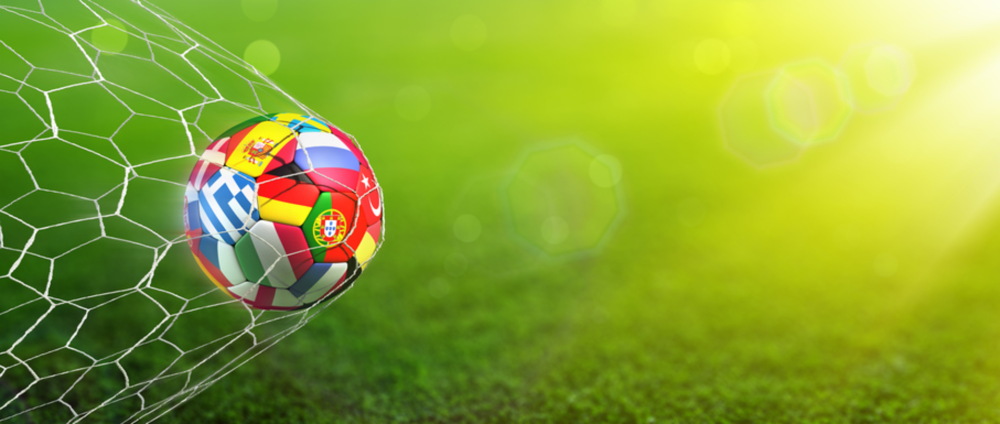World Cup overview
The FIFA World Cup is unofficially the world’s largest sporting event. Featuring 32 national soccer teams, it captivates an estimated billions of people across the globe during its month-long run. Here is a map of the 32 participants.
While US audiences refer to world’s pastime as soccer, it’s called football (or the country’s native language equivalent of football) in virtually every other country. American football is called, unsurprisingly, American football in those countries. This year’s event will be held in Russia.
In fact, only eight teams have ever won a World Cup, none of which were from North or Central America, Africa, Asia or the Middle East.
World Cup marketing
Given the global focus on this sporting event, many official sponsors and other companies will attempt to capture the attention of those following along.
TV rights are a big business. FIFA negotiates individual rights for the games in each country. Fox and Telemundo will take over in 2018 and 2022, at a cost of $1.25 billion.
FIFA has official sponsors in three tiers: FIFA Partners, World Cup sponsors, and National Supporters (which are all Brazilian companies). FIFA describes the difference below:
| “The six FIFA Partners have the highest level of association with FIFA and all FIFA events as well as playing a wider role in supporting the development of football all around the world, from grassroots right up to the top level at the FIFA World Cup. This allows FIFA and its Partners to form true partnerships, adding great value to the engagement for both sides. FIFA World Cup Sponsors have rights to the FIFA Confederations Cup and the FIFA World Cup on a global basis. The main rights for a sponsor in this tier are brand association, the use of selected marketing assets and media exposure, as well as ticketing and hospitality offers for the events.FIFA World Cup Sponsors have rights to the FIFA Confederations Cup and the FIFA World Cup on a global basis. The main rights for a sponsor in this tier are brand association, the use of selected marketing assets and media exposure, as well as ticketing and hospitality offers for the events. The National Supporter level is the final level of FIFA’s sponsorship structure, allowing companies with roots in the host country of each FIFA event to promote an association in the domestic market.” |
Unsurprisingly, FIFA wants to ensure that those companies that pay top dollar for sponsorships are able to do much more than non-participating sponsors. FIFA has a number of guideline documents on its site, including what sponsors receive for their patronage and what nonparticipating companies can and cannot do.
It is well worth reading that documentation, but what it boils down to is this: Only sponsors can use any official imagery and descriptions of the World Cup. Media, for example, can use the official marks as long as it does not use it in any advertising or make implicit any official connection with FIFA or the World Cup.
Social Media
FIFA’s official language on World Cup social media efforts and publishing guidelines can be found here. For a more comprehensive look at FIFA branding guidelines and advertisements, click here.
Tips for safe and effective marketing & social media during the World Cup
1. Unless you are an official sponsor, do not use any of the official marks, logos, or photos.
2. If you have any concerns about your marketing plans, discuss with your legal department
3. Best to not use the official #WorldCup hashtag. Each game is likely to have its own unofficial hashtag (like #USAvsPOR). That will be a good way to stay on top of the action.
4. Be helpful to your audience. Send them links, and otherwise alert them to when the important matches are on.
5. Assume it’s safe to retweet and reply to official FIFA accounts to follow along.
6. Use creative approaches to multimedia that can drum up excitement among your audience. (For example, a graphic of the U.S .flag and a social ball will likely get the message across).
7. Follow other brands to learn best practices and see how they are participating without running afoul of FIFA rules.








